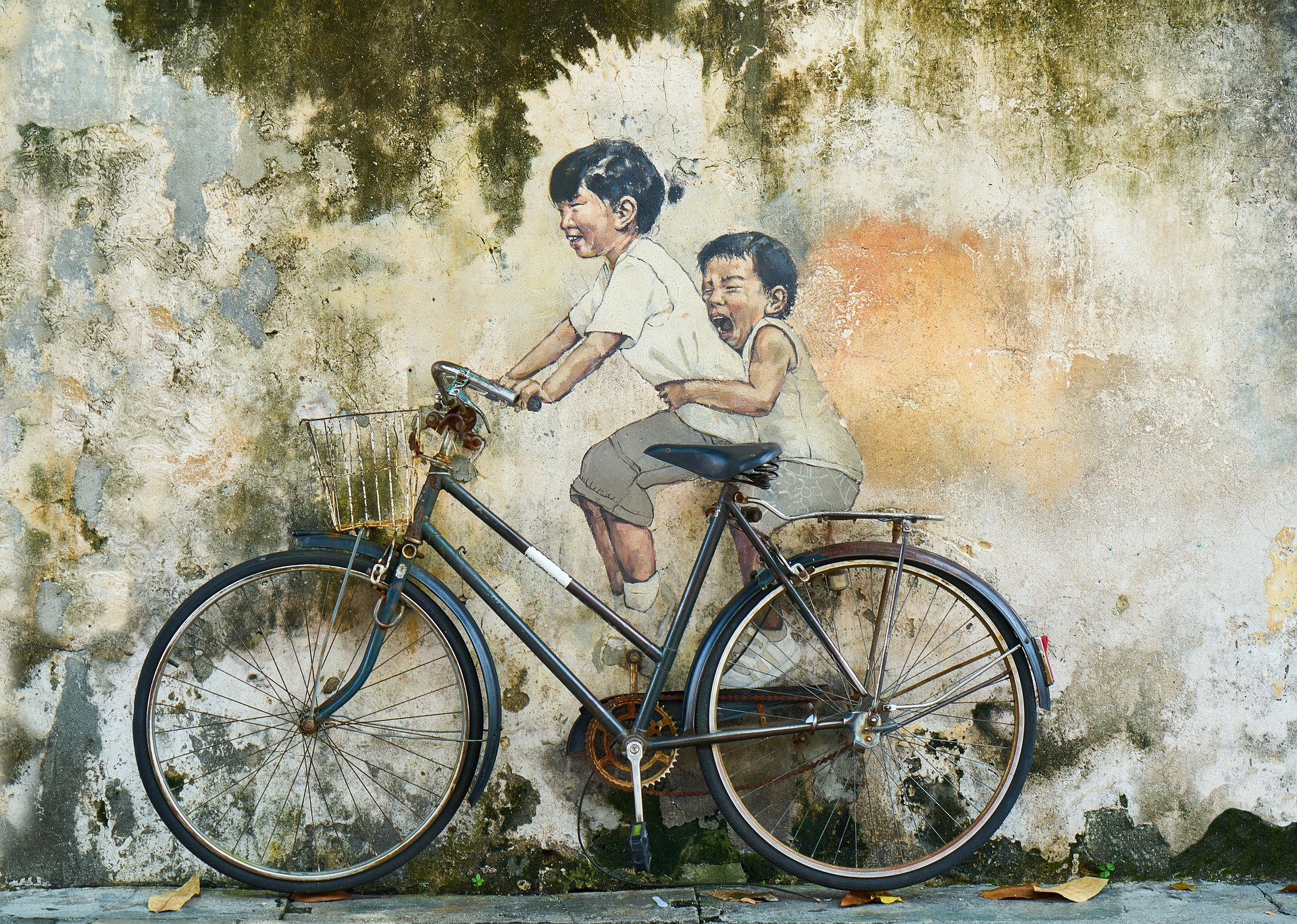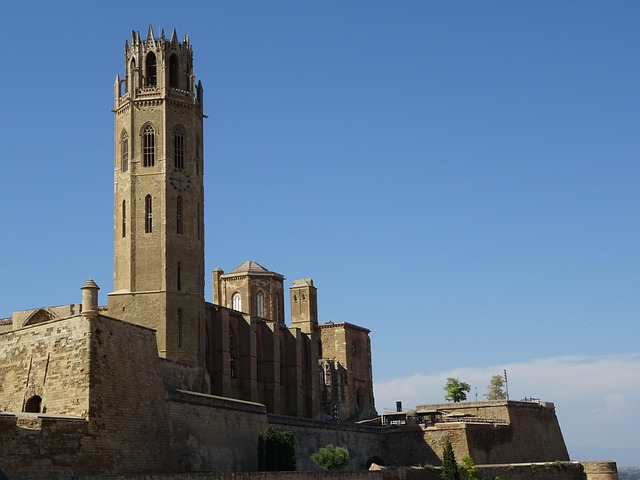Decoding the Renaissance of Miniature Art in the Modern World
Introduction: Dive into the intricacies of miniature art, a form that's captivating the modern world despite its ancient roots. Discover how this old-world style is making a striking resurgence in the digital age. Miniature art, a genre characterized by intricate details on a small scale, dates back to the medieval era. Originally found in illuminated manuscripts and books, these tiny works of art were cherished for their exquisite craftsmanship. The tradition continued into the Renaissance, with the advent of portrait miniatures. These small, detailed portraits became a popular form of personal memento.

The Resurgence of Miniature Art
With the advent of the digital age, one might assume that miniature art would fade into obscurity. Yet, the opposite has occurred. Social media platforms like Instagram and Pinterest have provided a springboard for this art form, with artists sharing their miniature creations to a global audience. The demand for these intricate pieces of art has increased, making miniature art a thriving segment of the modern art world.
Miniature Art Today: A Symbiosis of Tradition and Modernity
Today’s miniature art is a beautiful blend of tradition and modernity. Artists use traditional techniques to create miniature sculptures, paintings, and installations, but they also incorporate contemporary themes and concepts. For instance, some artists create miniature replicas of modern cityscapes or everyday objects, while others use the medium to comment on current social issues.
The Impact and Reception of Miniature Art
The resurgence of miniature art has been met with enthusiasm and fascination. The appeal lies not only in the intricate detail but also in the challenge of creating and appreciating art on such a small scale. Museums and art galleries have begun showcasing miniature art, and collectors are increasingly recognizing its value. Meanwhile, for artists, the creation of miniature art is a meditative process that demands patience, precision and creativity.
The Future of Miniature Art
The future of miniature art looks bright. With the rise of 3D printing technology, artists can now create even more detailed and complex miniature pieces. Furthermore, the digital platform continues to provide a larger audience for this captivating art form, and the appreciation for the skill and patience required to create these tiny masterpieces is growing.
In conclusion, the Renaissance of miniature art in the modern world is a testament to the enduring appeal of this art form. It also reflects the way in which traditional art can adapt and thrive in the digital age, offering a unique blend of the old and the new. As we continue to appreciate and invest in miniature art, we ensure its vibrant presence in the future of the art world.




